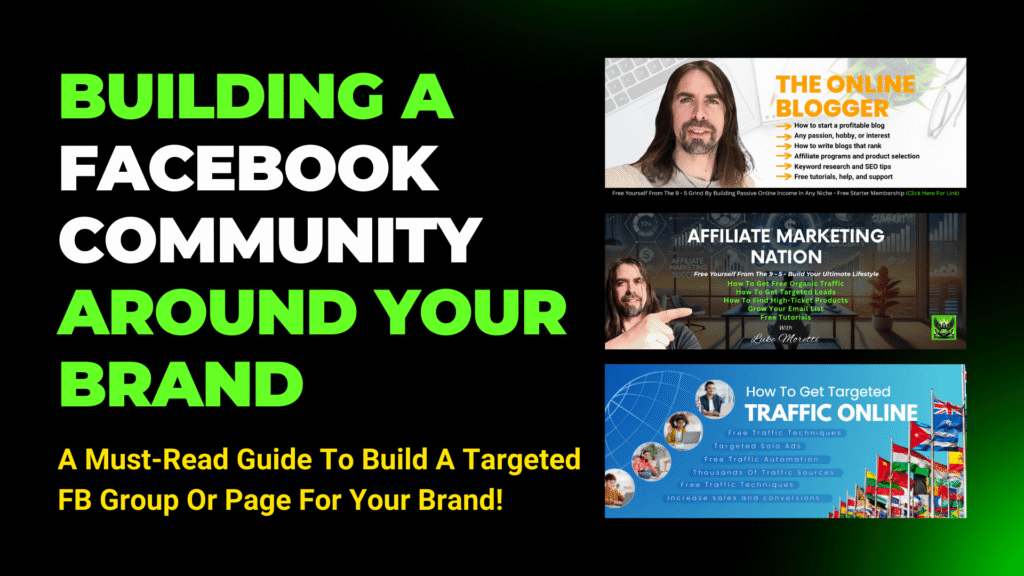Building a Facebook community around your brand isn’t just about likes and shares. It’s about creating a space where your audience feels heard, valued, and connected to what you stand for.
In this post, I’ll walk you through the ins and outs of building a Facebook community that actually works, no ghost towns with two likes and zero comments. We’ll cover why Facebook groups matter, how to get started, and how to keep the energy alive in the long run.
Why Building A Facebook Community Matters
Let’s start with the obvious: people are still on Facebook. A lot of people. Over 2.9 billion active users worldwide.
But beyond just scrolling the feed, people crave connection, and that’s where Facebook Groups come in.
Here’s why building a Facebook community should be part of your brand strategy:
- Trust & Loyalty: When people engage in your group, they build a deeper relationship with your brand.
- Direct Feedback: It’s a goldmine for understanding what your audience wants.
- Word-of-Mouth Marketing: Your members will start bringing in others. Free marketing? Yes, please.
- Higher Engagement: Facebook groups get prioritized in the algorithm more than regular page posts.
In short, people buy from people and brands they feel connected to. A strong Facebook community builds that connection.
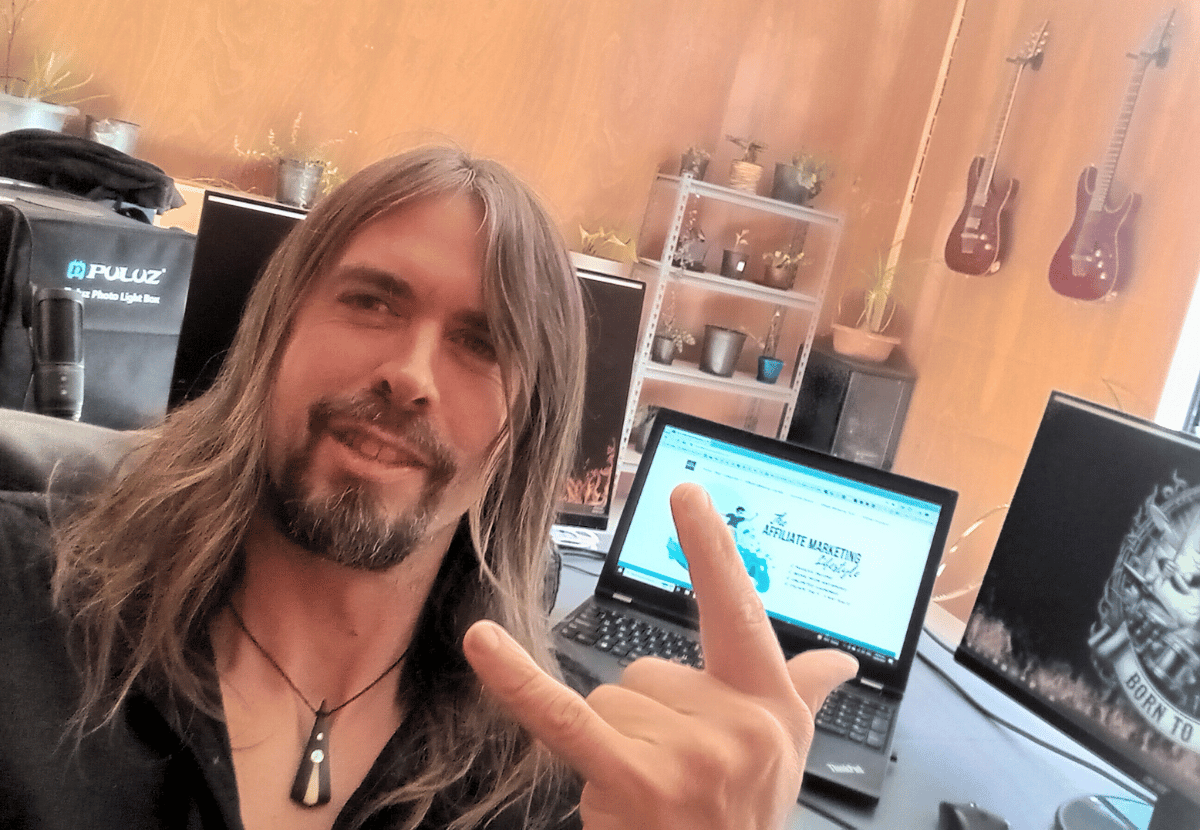
Step-by-Step Guide: How To Build A Facebook Community
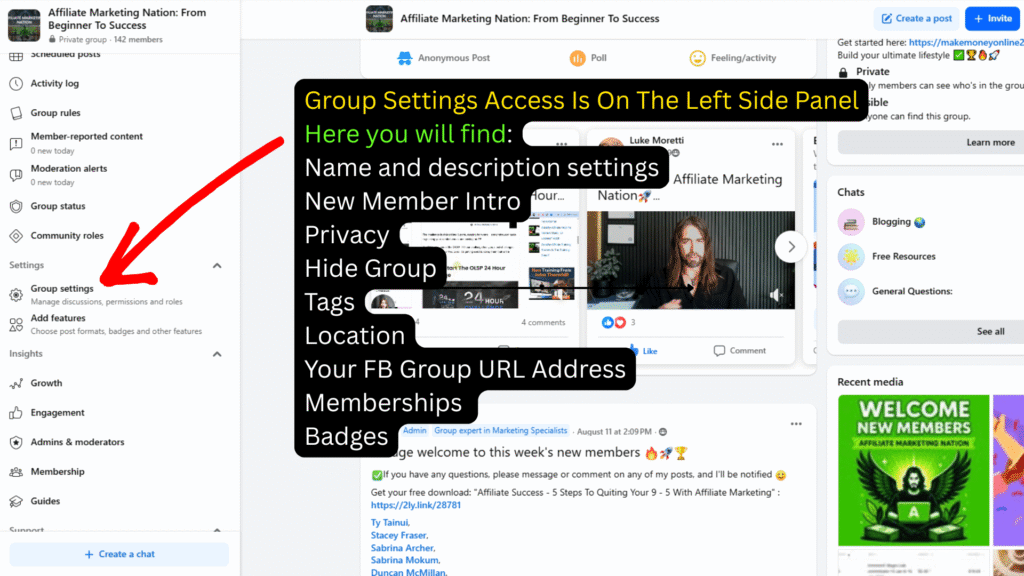
Follow these steps to start, build, and grow a successful Facebook community.
Step 1: Know Exactly Who You’re Building For
Before you create anything, you need to know who will benefit most from joining. A group without a clear audience is like throwing a party and forgetting to send invitations.
Ask yourself these questions:
- Who is my ideal member?
- What problem are they trying to solve?
- What do they enjoy talking about?
- How will joining my group improve their life or business?
The clearer your target member profile, the easier it is to attract the right people (and keep the wrong ones out).
Step 2: Choose The Right Group Type

When Building A Facebook Community, you’ll have to pick your privacy settings:
- Public Group – Anyone can see posts and members. Great for awareness, but spam risk is higher.
- Private Group – People can find the group, but must be approved to join. Better for building trust.
- Hidden Group – Only members can see it exists. Perfect for exclusive paid memberships or VIP spaces.
For most brands, a private group strikes the perfect balance of accessibility and quality control.
Step 3: Set Your Group Up For Success
The setup phase is like building the foundation of your house; it’s not glamorous, but it’s vital.
Key setup steps for Building A Facebook Community:
- Name your group wisely – Include your brand name and a keyword that reflects your niche. Example: “Healthy Habits Hub – By [Your Brand]”
- Create a clear description – State who the group is for, what they can expect, and what’s not allowed.
- Add eye-catching visuals – Your cover photo should instantly communicate your brand vibe.
Set group rules – This keeps conversations respectful and on-topic.
Step 4: Plan Your Content Strategy
When you first start building a Facebook community, expect to lead the conversation…a lot. Don’t worry; it gets easier once members feel comfortable posting on their own.
Consider mixing up your posts with:
- Questions & Polls – Spark discussion and learn about your members.
- Behind-the-scenes peeks – Show the human side of your brand.
- Exclusive tips or resources – Give them something they can’t get anywhere else.
- Member spotlights – Celebrate your community’s wins.
Pro tip: Consistency beats frequency. Posting twice a week like clockwork is better than flooding the group for one week and ghosting the next.
Step 5: Foster Genuine Engagement
The heartbeat of Building A Facebook Community is interaction. If people join but never comment, like, or share, your group will fade into the Facebook void.
Ways to keep engagement alive:
- Tag members in posts to encourage replies.
- Reply to every comment (yes, even the short ones).
- Ask for opinions and feedback often.
- Host live Q&A sessions or mini-workshops.
When members feel heard, they’ll start showing up for each other, and that’s when the magic happens.
Step 6: Promote Without Being Pushy
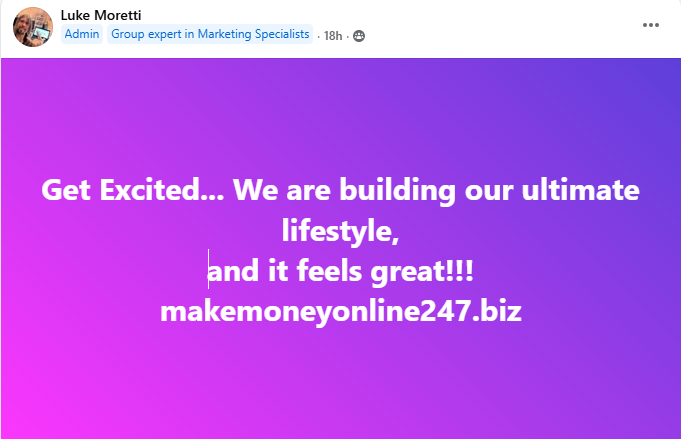
Here’s the golden rule: serve before you sell.
If your group turns into a nonstop sales pitch, people will leave faster than you can say “unfollow.” Instead:
- Share helpful tips that naturally connect to your product or service.
- Post success stories from customers.
- Offer exclusive discounts to members as a “thank you” for being part of the group.
- By giving value first, your offers feel like a natural extension of the conversation.
Step 7: Keep Your Community Healthy
Even the most positive groups can hit rough patches, arguments, spam, or inactivity.
To keep things running smoothly:
- Remove spam posts immediately.
- Address conflicts quickly and fairly.
- Check group insights to see what’s working and what’s not.
- Regularly welcome new members with a friendly post.
Think of yourself as both the host and the gardener; you’re creating an inviting space and pruning anything that doesn’t help it grow.
Step 8: Measure & Adjust
Once you’ve been Building A Facebook Community for a few months, it’s time to step back and see what’s working.
- Track things like:
- Engagement rate (comments, likes, shares)
- Member growth
- Which post types perform best
- How many members convert to customers
Use this data to double down on what’s working and tweak what’s not.
Common Mistakes To Avoid When Building A Facebook Community
Even the best-intentioned group admins can fall into these traps:
- Being too salesy too soon – Build trust first.
- Ignoring member input – People want to feel heard.
- Letting spam slide – One spam post can make members leave.
- Inconsistent posting – Your group can’t thrive if you disappear.
Avoid these, and you’ll have a much smoother path to success.
Check out these 9 free Facebook marketing tips that increase trust, engagement, and more conversions.
Join My Facebook Community
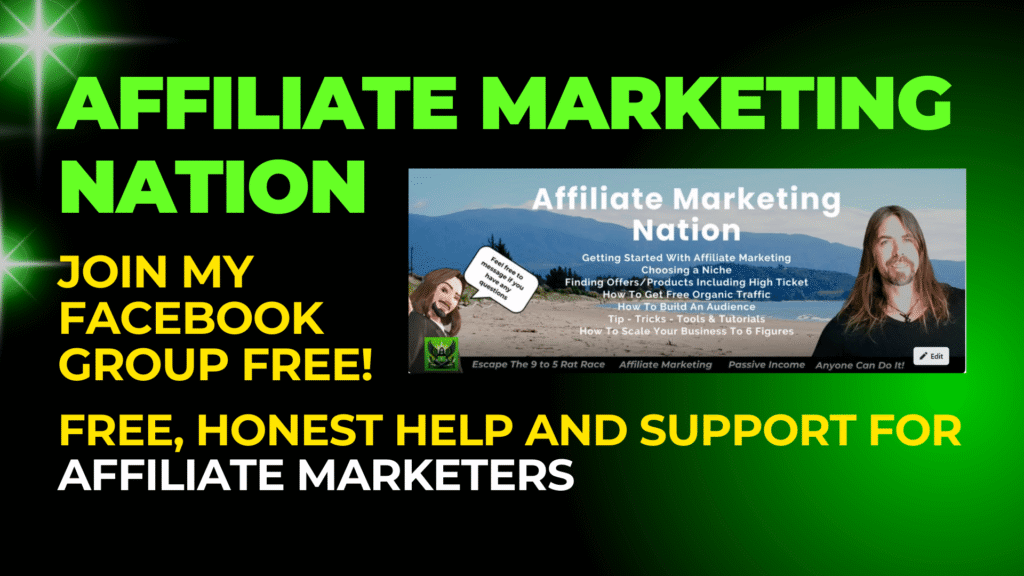
I invite you to join my FB group “Affiliate Marketing Nation”
In this group, I share valuable information to help aspiring affiliate marketing newbies find success online.
I invite all questions and offer personalized help and support.
My Final Thoughts On Building A Facebook Community
Building A Facebook Community isn’t just a marketing tactic; It’s about creating a space where your audience feels valued, connected, and excited to engage with your brand.
The payoff? Stronger loyalty, better customer insights, high-ticket sales, and a network of people who help grow your business without being asked.
If you start today, in six months, you could have a group that not only supports your brand but becomes a core part of it.
Happy building, everyone 🙂

